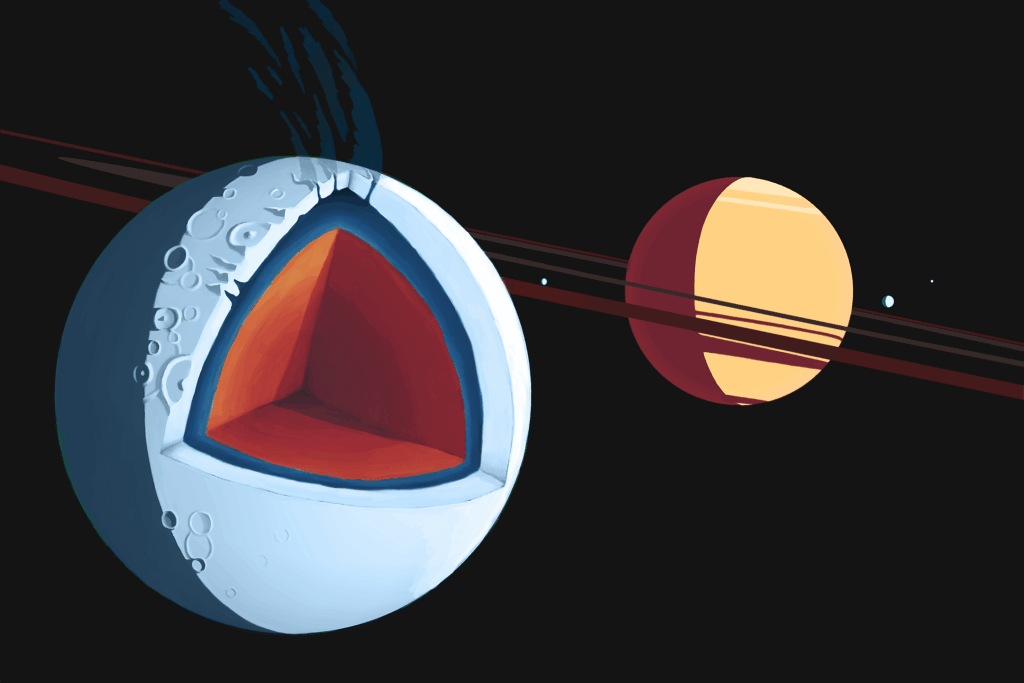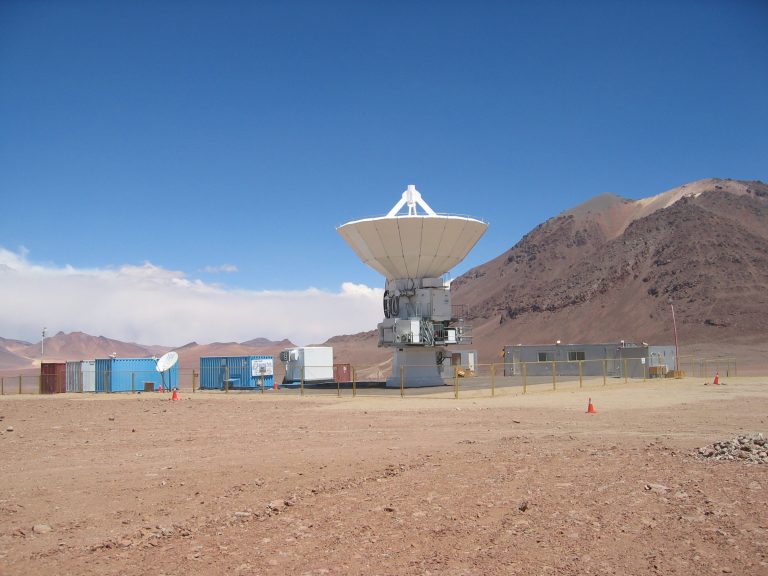After carefully observing dim objects in the night sky, you don’t want to waste any precious signal on its way from the telescope dish to the detector. But in the case of far-infrared astronomy, it’s not as easy as it sounds to transport the signal efficiently. In fact, it’s even an endeavor to measure the exact amount of signal that gets lost. Scientists from SRON and TU Delft have now found a new, easier way to determine the signal loss. In the process they designed a signal-carrying microstrip for the DESHIMA-2 instrument that loses only 1 in 4,900 photons. Publication in Physical Review Applied.
Category: News
Astronomers map interstellar dust grains in Milky Way
Between the stars in our Milky Way, vast amounts of tiny dust grains are floating aimlessly around. They form the building blocks of new stars and planets. But we still don’t know what elements exactly are available to form planets like Earth. A research team at SRON led by Elisa Costantini has now matched observations from X-ray telescopes with data from synchrotron facilities to create a map of interstellar grains in the Milky Way.
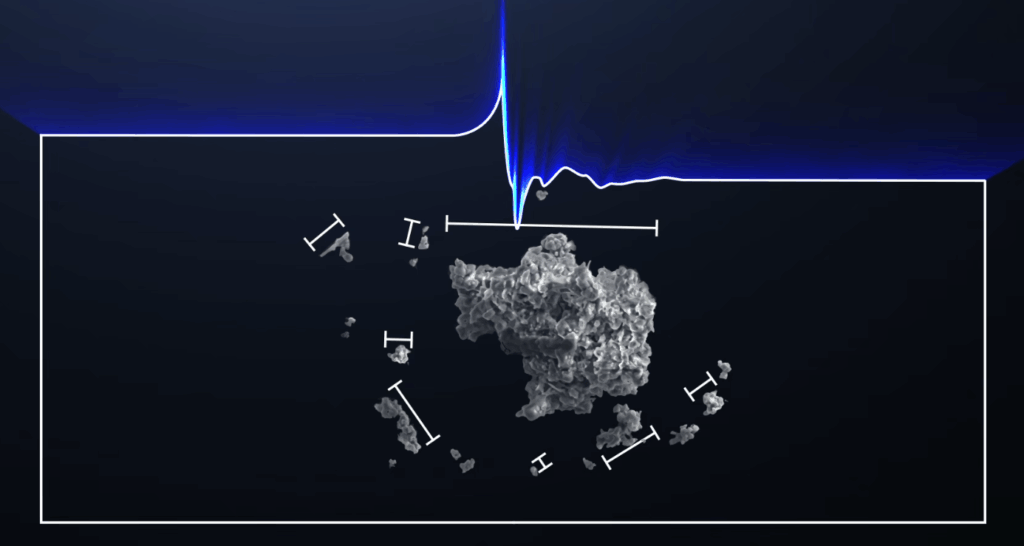
Dozens of strong methane plumes identified in US Permian Basin
An international team of scientists, including Bram Maasakkers (SRON) and Ilse Aben (SRON/VU), has identified 37 point sources in the Permian Basin that each emit over 500 kg of methane per hour. The Permian Basin is a region in Texas and New Mexico that accounts for almost half of the methane emissions of reported emissions from all US oil and gas extraction areas combined. Publication in Science Advances.

Venus orbiter EnVision selected as new ESA mission
The European Space Agency (ESA) has selected the Venus orbiter EnVision as the fifth medium-class mission within its Cosmic Vision program. It marks the beginning of a new era of Venus exploration—last week NASA already announced two new missions to Earth’ sister planet. SRON and TU Delft are part of the EnVision consortium.
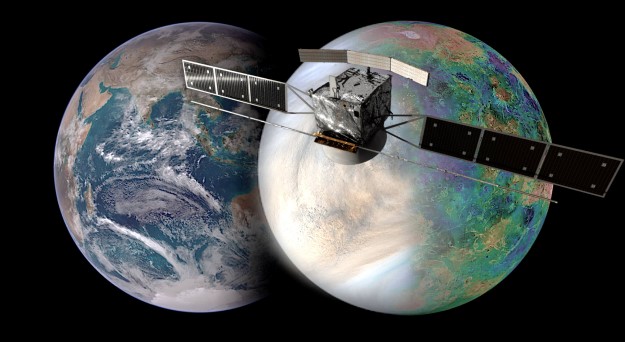
SRON sends filter wheel and calibration system XRISM telescope to Japan
On June 9th, SRON sends its contributions to the XRISM X-ray telescope to Japan, where space agency JAXA will mount it on the satellite. SRON has been working on a filter wheel plus calibration system for the past few years. In 2023, XRISM will be launched into space, where it will observe phenomena such as black holes and supernovae.

Kees de Jager (100) has passed away
In the afternoon of May 27th, Prof. Kees de Jager has passed away at the age of 100 in his place of birth Den Burg, Texel. As a pioneer of Dutch space research he co-founded one of the predecessors of SRON and as a prominent astronomer he led the Sonnenborgh observatory for a long time. De Jager continued to publish scientific articles and popularize science until just before his death.
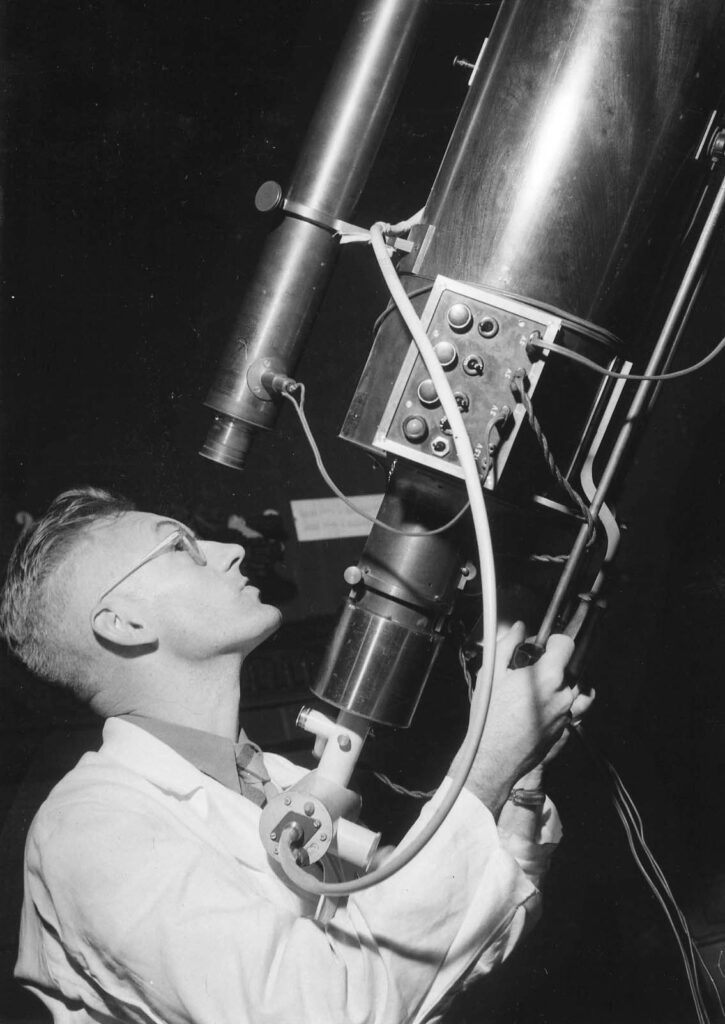
A New Window to the Hidden Side of the Magnetized Universe
New observations and simulations show that jets of high-speed particles emitted by supermassive black holes can be used to map the structure of invisible inter-cluster magnetic fields. These findings provide astronomers with a new tool for investigating previously unexplored aspects of clusters of galaxies. Publication in Nature on May 5th.
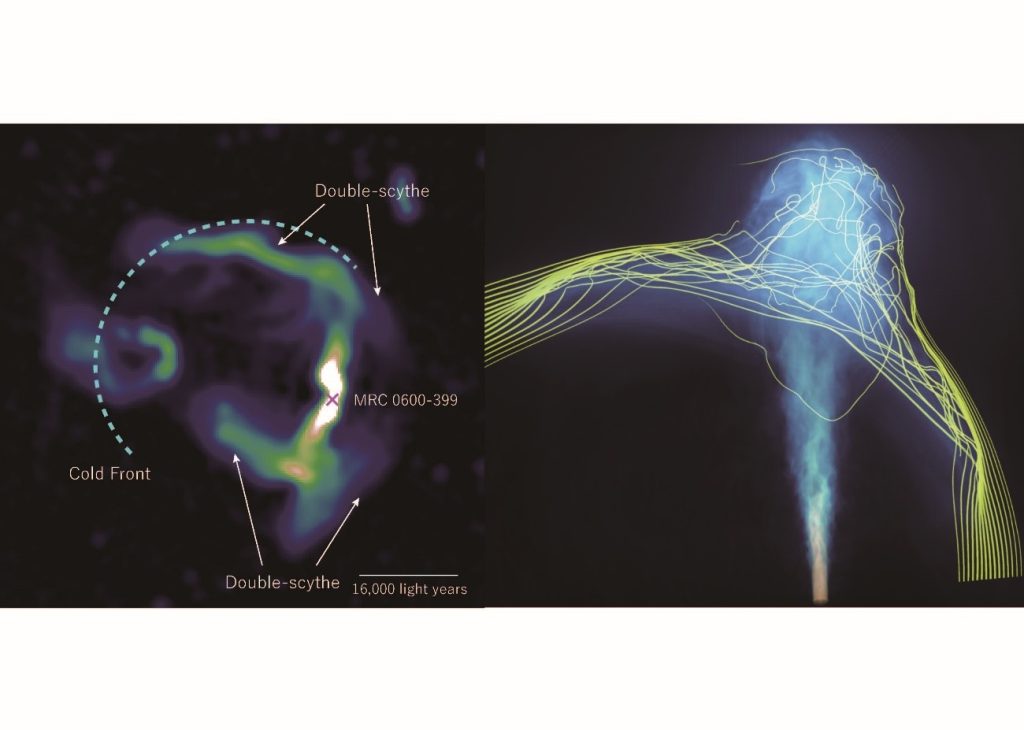
New model can predict carbon cycle presence on exoplanets
Life thrives at stable temperatures. On Earth, this is facilitated by the carbon cycle. Scientists at SRON, VU and RUG have now developed a model that predicts whether there is a carbon cycle present on exoplanets, provided the mass, core size and amount of CO2 are known. Publication in Astronomy & Astrophysics on May 3rd.
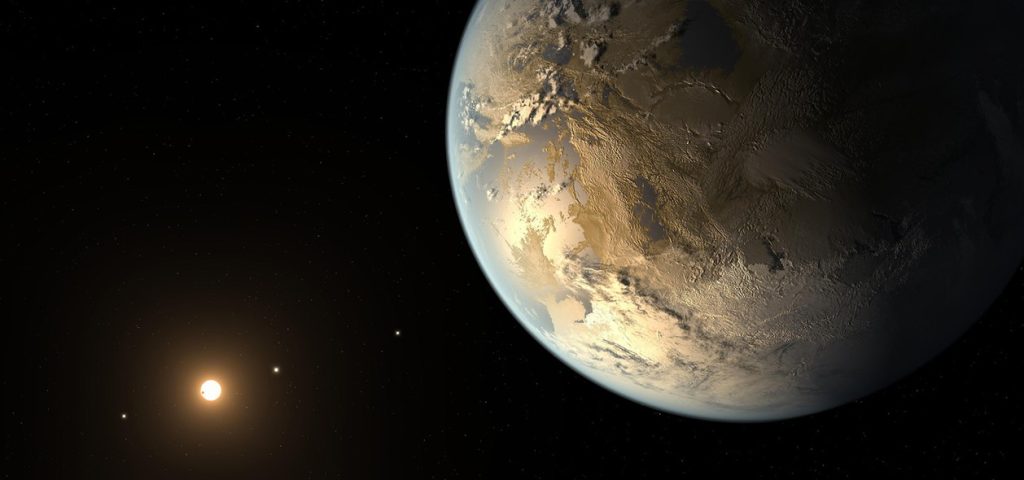
Herschel overview paper reveals journey of water from interstellar clouds to habitable worlds
Dutch astronomer Ewine van Dishoeck (Leiden University), together with an international team of colleagues, has written an overview of everything we know about water in interstellar clouds thanks to the Herschel space observatory. The article, published in the journal Astronomy & Astrophysics, summarizes existing knowledge and provides new information about the origin of water on new, potentially habitable, worlds.
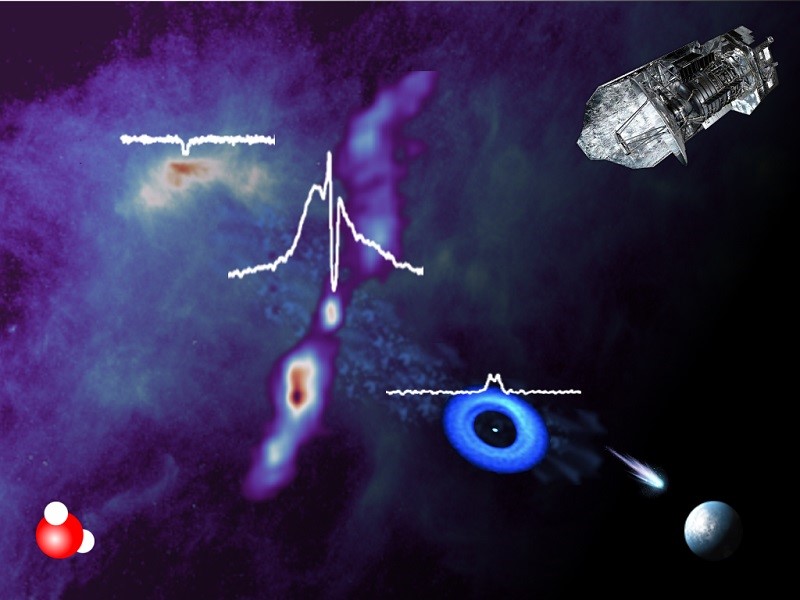
Astronomers see first hint of silhouette spaghettified star
For decades astronomers have been spotting bursts of electromagnetic radiation coming from black holes. They assumed those are the result of stars being torn apart, but they have never seen the silhouette of the actual material ligaments. Now a group of astronomers, including lead author Giacomo Cannizzaro and Peter Jonker from SRON/Radboud University, has for the first time observed spectral absorption lines caused by strands of a spaghettified star. Publication in MNRAS.
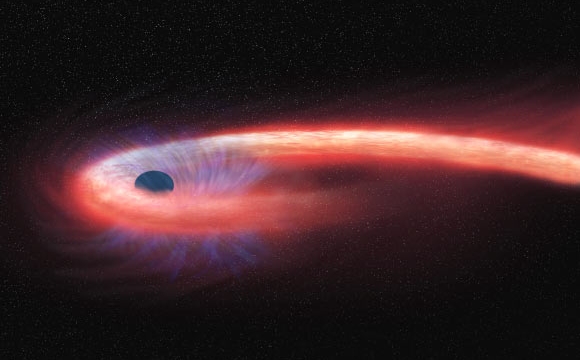
Final inspection of Dutch space instrument SPEXone before transport to NASA
On February 22th a final inspection took place of the Dutch space instrument SPEXone, in the presence of Dutch science minister Van Engelshoven (OCW) and NASA. Soon after the event the instrument will be transported to NASA. From 2023 onwards SPEXone will fly on NASA’s PACE mission, which will help researchers resolve climate issues. SPEXone is specifically developed to unravel the impact of areosols on the climate.
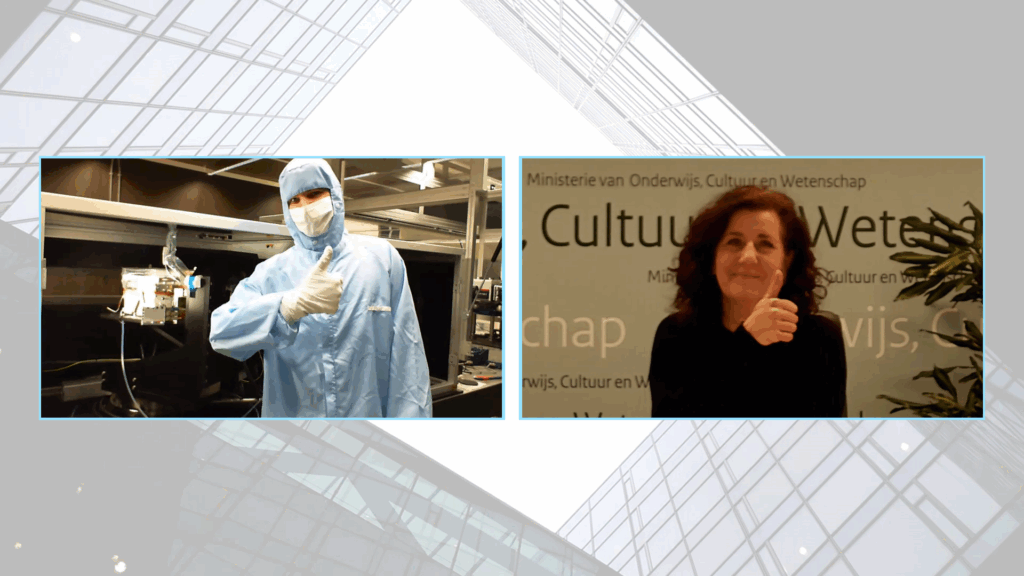
Natural geological methane emissions appear larger than expected
Geological methane sources can be either anthropogenic or natural, such as the oil industry or mud volcanoes. Ground-based measurements combined with TROPOMI observations on the Javanese mud volcano Lusi now show that the natural geological emissions are probably higher than expected. It would mean that we have to attribute a smaller share to man-made geological sources. On the other hand, other human activities should be held accountable for higher emissions, such as rice fields and livestock farming. Publication in Nature’s Scientific Reports.

Evidence for substance at liquid-gas boundary on exoplanet WASP-31b
One of the properties that make a planet suitable for life is the presence of a weather system. Exoplanets are too far away to directly observe this, but astronomers can search for substances in the atmosphere that make a weather system possible. Researchers from SRON Netherlands Institute for Space Research and the University of Groningen have now found evidence on exoplanet WASP-31b for chromium hydride, which at the corresponding temperature and pressure is on the boundary between liquid and gas. Publication in Astronomy & Astrophysics on February 3rd.
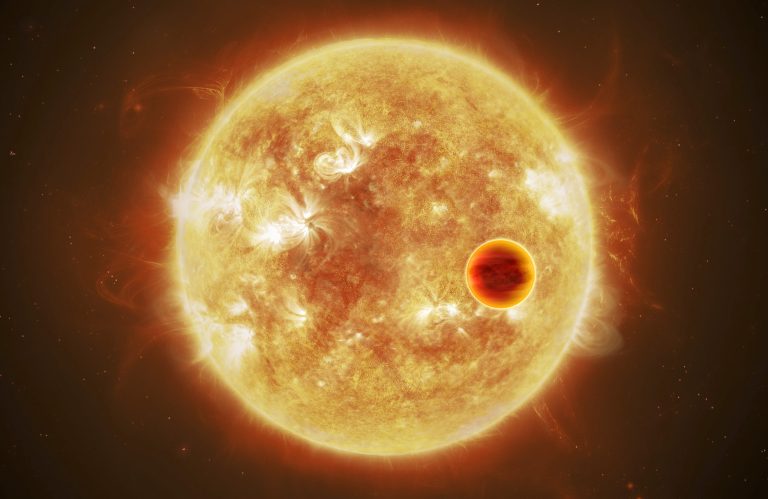
Astronomers see whirlwind around possible exoplanet-in-the-making
An international team of astronomers led by researchers from the Netherlands has discovered a whirlwind of dust and pebbles in orbit around a young star. It is possible that a planet is forming in the pebbles. The team of scientists made the discovery during the time that designers and developers of an astronomical instrument get as a reward for their work. They will soon publish their findings in the journal Astronomy & Astrophysics.

TROPOMI confirms aircraft observations: Mexico’s Onshore Methane Emissions Are Much Higher Than Reported
An American aircraft campaign has found that Mexico’s onshore methane emissions are 10 times higher than earlier estimates, while offshore rig emissions are 10 times lower than earlier estimates. SRON scientists have been able to verify the aircraft’s onshore observations using data from the Tropomi instrument, which does not yet provide methane data over sea. The new study, published today in Environmental Research Letters, leads to a better understanding of the patterns and places where oil and gas methane emissions occur in Mexico. This is critical to taking efficient mitigation measures.

New X-ray pixel designs rival conventional square shape
SRON scientists have developed five new pixel designs for X-ray telescopes. They have now for the first time reached the same energy resolution as conventional square pixels. The team determined for each design its pros and cons, depending on the goal of an X-ray space mission. Publication in Journal of Applied Physics.
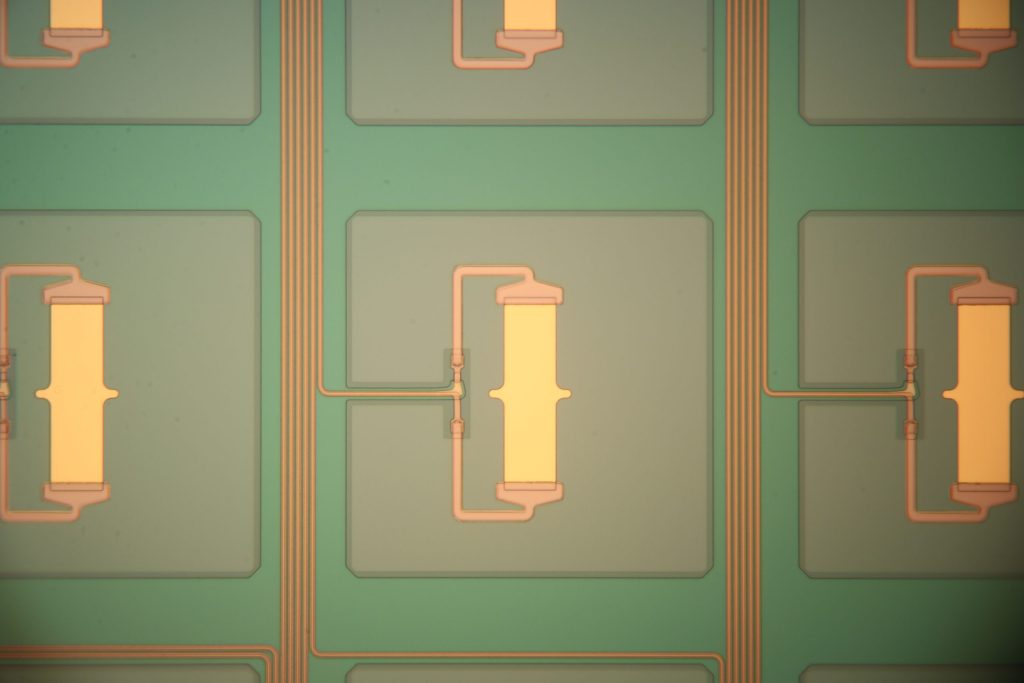
Ten times more hyper luminous galaxies observed in the infrared than stars can produce according to models
A team of astronomers led by SRON has observed ten times more hyper luminous galaxies in the infrared than stars can produce according to the models. If the theory is correct, it means that stars alone cannot account for the brightness of the most luminous infrared galaxies. Publication in a special issue of Astronomy & Astrophysics. On ArXiv on November 18th.
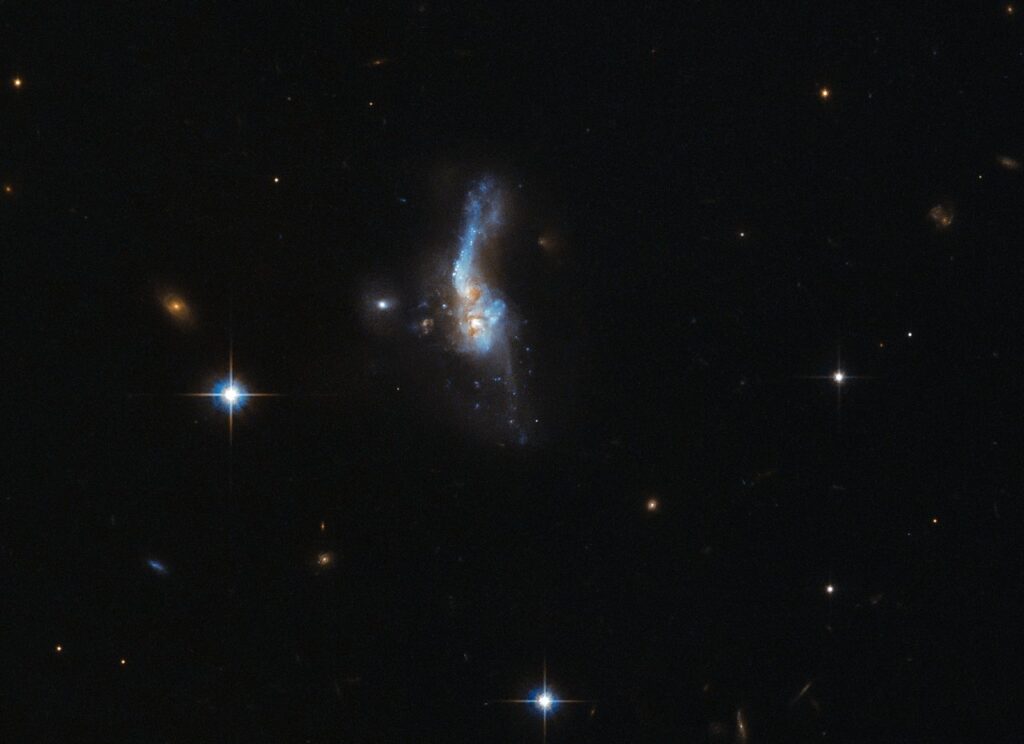
Vidi grant for studying galaxy mergers across cosmic time
Astronomer Lingyu Wang (SRON/RUG) receives an NWO Vidi grant to study merging galaxies. Wang will focus on the role of galaxy mergers in driving outbursts of star formation and black hole accretion. The grant allows her to create a team to join her in this research.

Technology ready for back-up detector X-IFU in Athena space telescope
In 2031, ESA launches its new X-ray space telescope Athena. SRON plays a large role in building one of its two instruments, the X-IFU spectrometer, by producing the camera plus the back-up detectors. SRON scientists have now successfully developed detectors that are optimized for a readout based on a special system called Frequency Domain Multiplexing. They set a new world-record energy resolution at 6 keV of 1.3 eV.
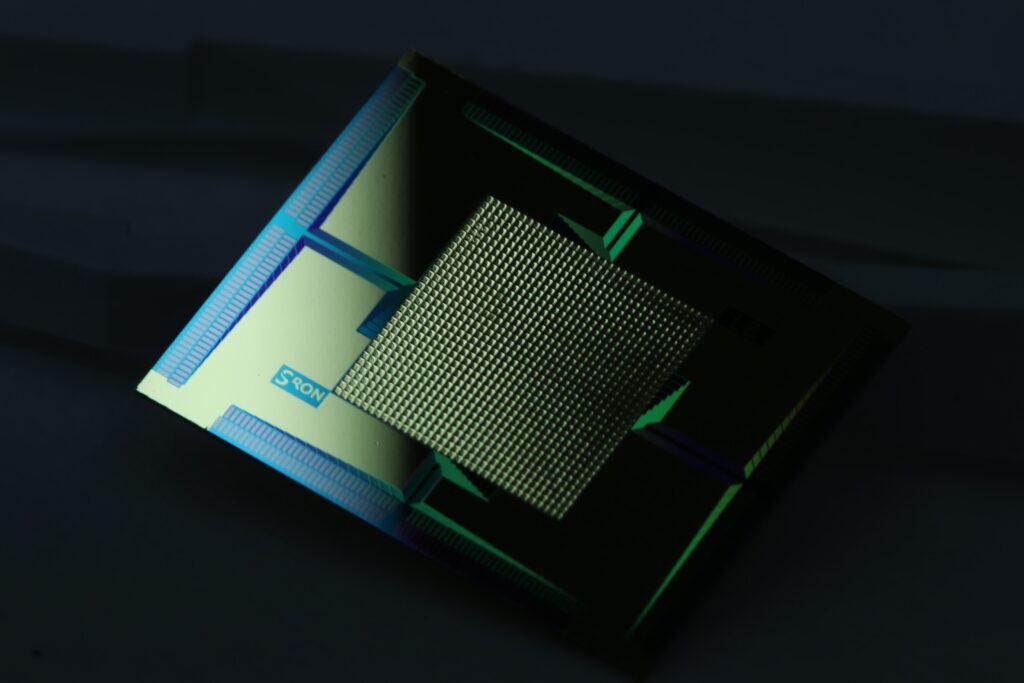
Astronomers see collisions of galaxy clusters at seven billion lightyears
An international team of researchers, including Aurora Simionescu (SRON / UL) has mapped nine gigantic collisions of galaxy clusters. The collisions took place seven billion years ago and could be observed because they accelerate particles to high speeds. It is the first time that collisions of such distant clusters have been studied. Publication in Nature Astronomy.
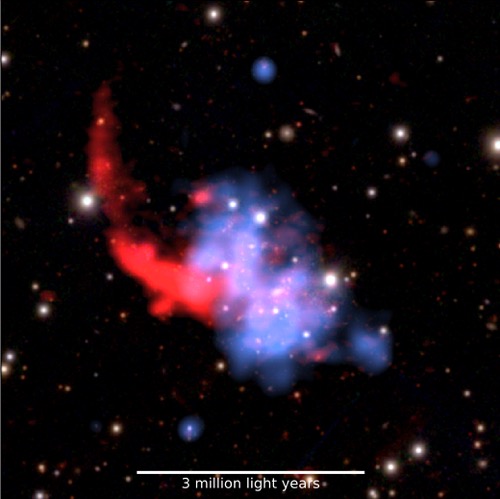
New device reshapes laser beam for far-infrared telescopes
Far-infrared telescopes mix the incoming light from space with their own far-infrared laser to maximize the spectral resolution. But the currently available lasers can’t produce a radiation signal with an ideal shape—a Gaussian beam. Yuner Gan, a PhD student at SRON and RUG, has now developed a beam cleaning device that reshapes an original laser beam into a Gaussian beam. Publication in Optics Express.
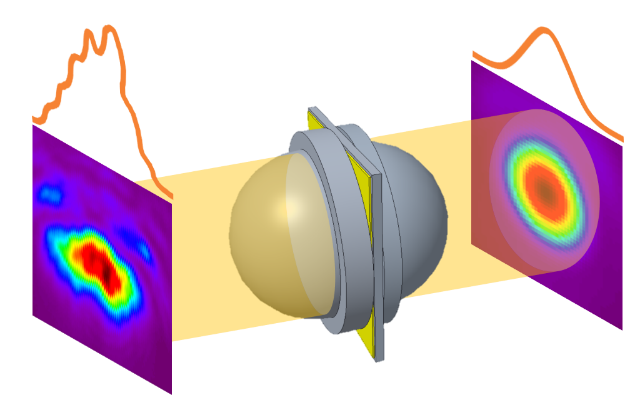
TANGO mission proposal presented in final selection round for ESA’s Scout mission
A consortium of ISISpace, TNO, KNMI and SRON has presented their proposal for the TANGO space mission during the final selection round for ESA’s first Scout mission. TANGO is one of four remaining candidates and will zoom in on concentrations of greenhouse gases in high resolution. It is aimed to complement the larger European climate satellites such as CO2M and Sentinel-5(p), which scan the atmosphere with a wider field of view. The final selection is expected in November.
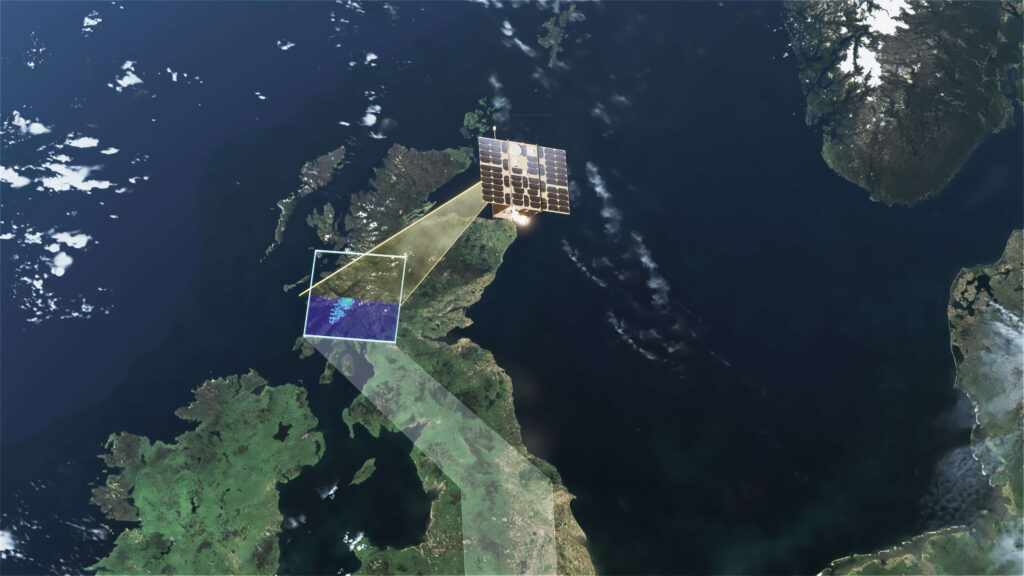
Costs too high for space telescope SPICA
The space agencies ESA and JAXA have decided to take SPICA, the joint European-Japanese infrared space telescope, out of the competition for ESA’s fifth medium class mission (M5). SPICA was one of the three candidates for the M5 mission, which is part of ESA’s Cosmic Vision program. Although a last review has shown that the mission is technically feasible, the two agencies decided that the costs were going to be too high to continue with the project.
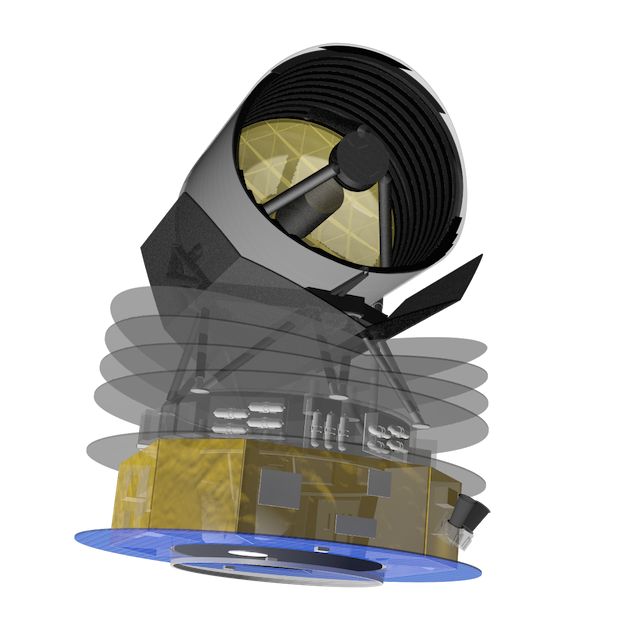
Aerosol instrument SPEX airborne starts measurement campaign in European airspace
SRON’s aerosol instrument SPEX airborne is spreading its wings again. In early October it will start a series of measurement flights across Europe onboard a Falcon-20 research aircraft. SPEX airborne will measure aerosols in the atmosphere—tiny dust particles that can disrupt measurements of the greenhouse gas CO2. In time, SPEX is intended to go into space as part of the European SCARBO mission.
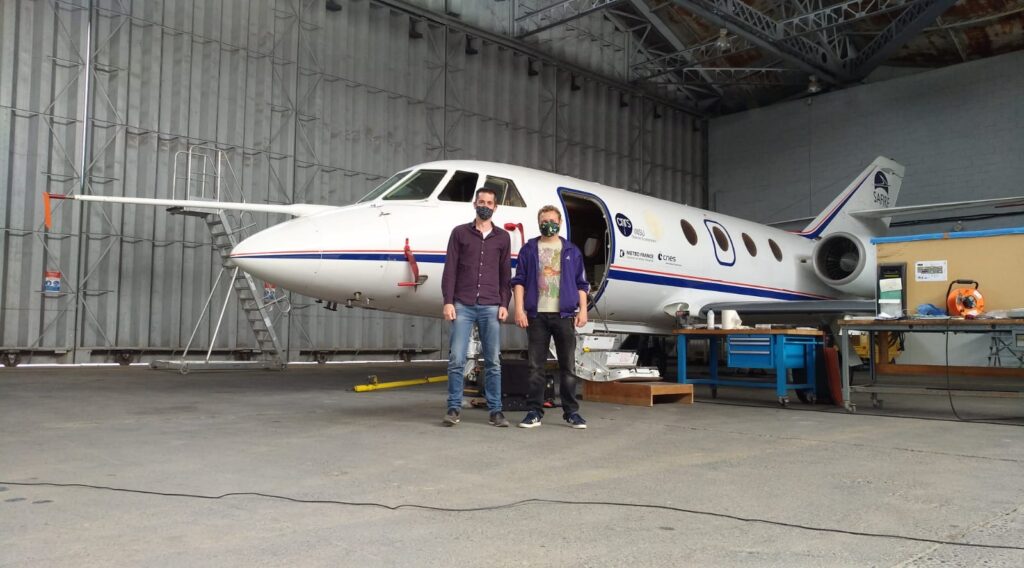
SRON detector array demonstrates novel microwave readout
Over the years, SRON has developed increasingly sensitive Transition Edge Sensors (TES) for space missions such as SPICA and Athena. One of those TES detector arrays, developed as backup X-ray microcalorimeters for Athena, has now played a vital role to demonstrate a new readout technology developed at the National Institute of Advanced Industrial Science and Technology (AIST) in Japan. This technology is called low-noise microwave SQUIDs multiplexed readout. The research results are published in Applied Physics Letters.
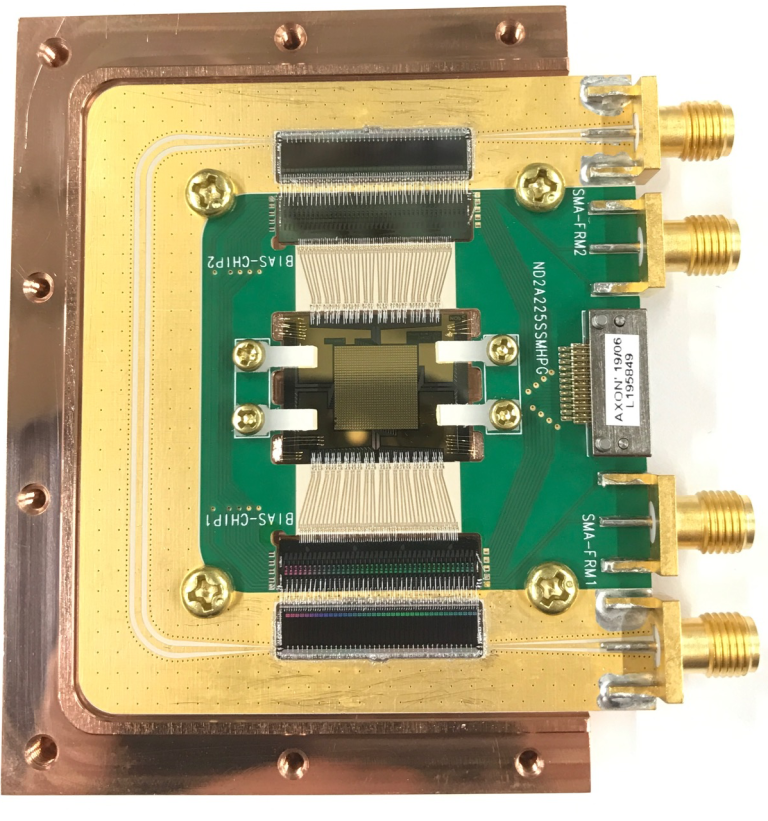
Two new arrays complete detector for GUSTO mission
GUSTO is a balloon telescope that will simultaneously map three types of material in the gas and dust between stars. SRON and TU Delft develop all three detector arrays for this NASA mission. The final two flight arrays have now passed their pre-shipment review and are shipped to the University of Arizona for integration into the balloon observatory. Together with the earlier shipped array for 4.7 terahertz, the 1.4 and 1.9 terahertz arrays complete GUSTO’s flight detector.
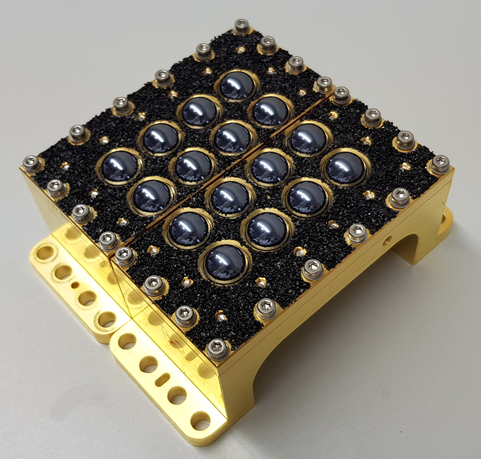
SRON-director Michael Wise appointed as vice-chair of ESA’s Science Programme Committee
SRON-director Michael Wise will be appointed as vice-chair of ESA’s Science Programme Committee for the upcoming two years. The science programme, to which every ESA member state contributes, is one of the biggest ESA programmes with an annual budget of 538 million euros.
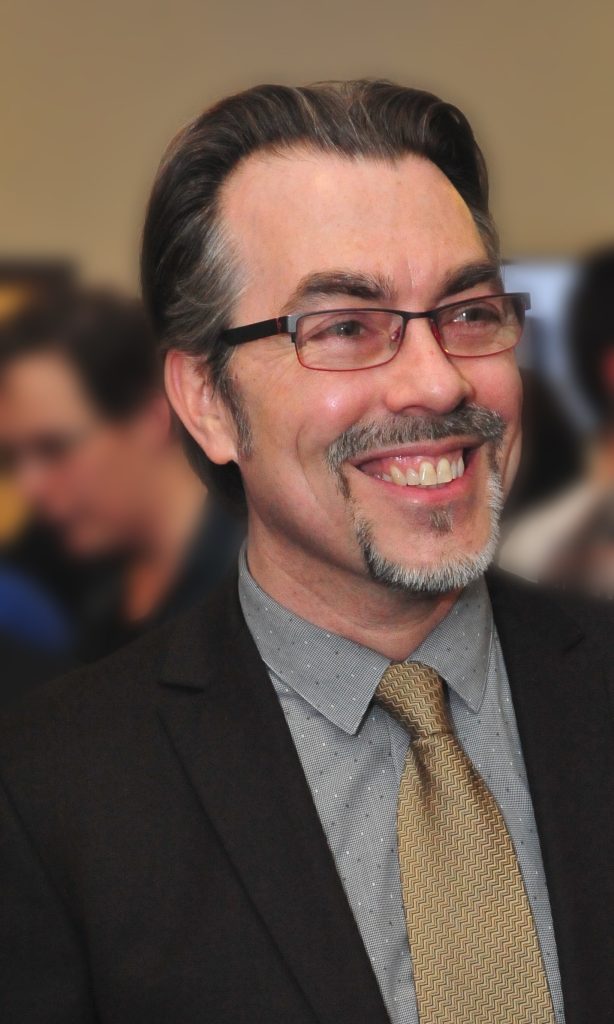
Largest ever collection of thermonuclear explosions on neutron stars
Researchers from five different institutes, including SRON, have assembled and analysed the largest collection yet of thermonuclear explosions on neutron stars in our Galaxy. They used decades of data from NASA’s, ESA’s and Italian-Dutch X-ray telescopes to build their database.
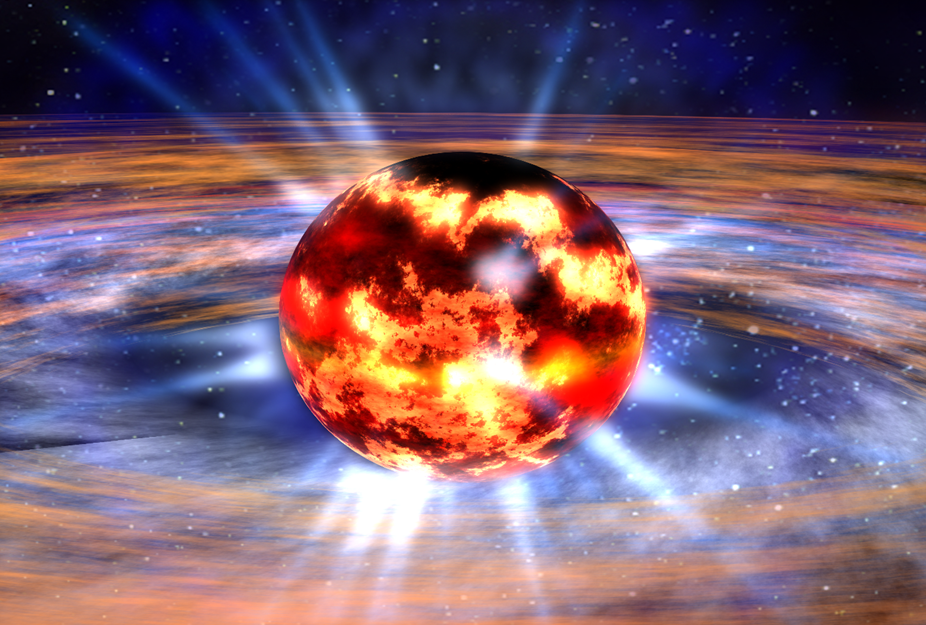
Astronomers see unexpected molecule in exoplanet atmosphere
SRON-astronomers have found the signature for aluminium oxide (AlO) in the spectrum of exoplanet WASP-43b. This came as a surprise because AlO is expected to stay hidden in the lower atmospheric layers. It is only the second time that astronomers observe the molecule in an exoplanet’s atmosphere.
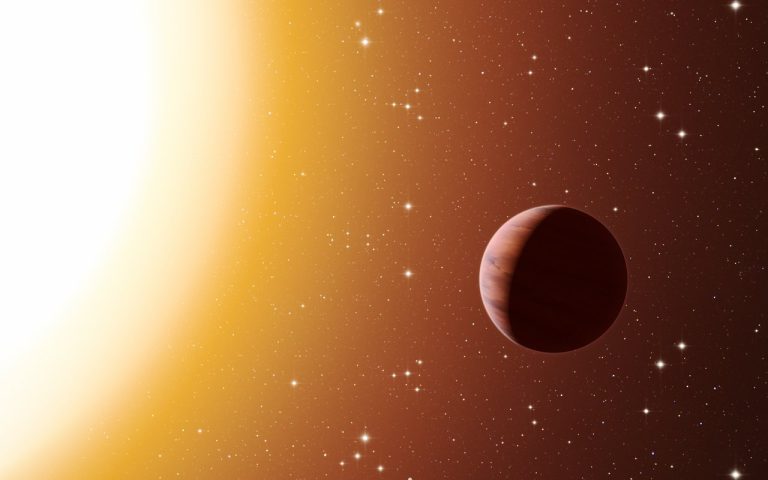
First detector array ready for GUSTO mission
The first detector array for NASA’s GUSTO mission has passed its pre-shipment review and is now shipping to the University of Arizona for integration into the balloon observatory. SRON together with TU Delft develops GUSTO’s three 8-pixel-arrays, for the frequencies 4.7, 1.9 and 1.4 terahertz. They have now finished the array for the 4.7 terahertz channel—the most challenging part. GUSTO is a balloon mission that will measure emissions from cosmic material between stars.
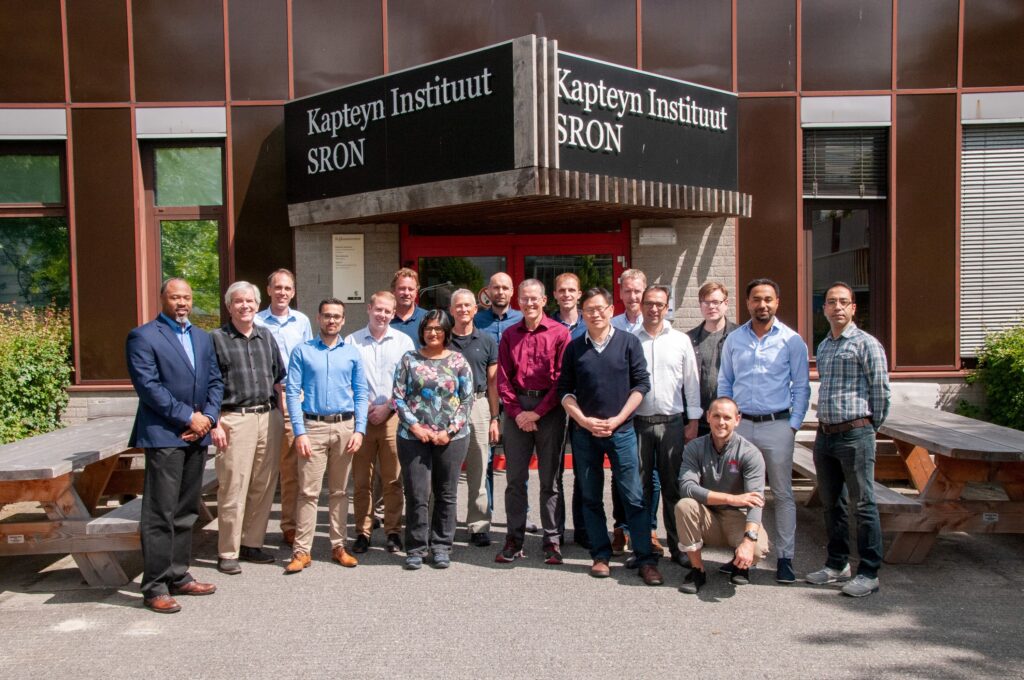
First Spectrum milestone for aerosol space instrument SPEXone
SPEXone, the Dutch instrument onboard NASA’s PACE mission, has reached its ‘First Spectrum’ milestone. Airbus Defence and Space Netherlands and SRON Netherlands Institute for Space Research develop SPEXone to provide the data for aerosol analysis in our atmosphere.

Astronomers predict bombardment from asteroids and comets in other planetary system
The planetary system around star HR8799 is remarkably similar to our Solar System. It has four gas giants in between two asteroid belts. A research team led by RuG and SRON used this similarity to model the delivery of materials by asteroids, comets and other minor bodies within the system. Their simulation shows that the four gas planets receive material delivered by minor bodies, just like in our Solar System.

Mergers between galaxies trigger activity in their core
Active galactic nuclei (AGNs) play a major role in galaxy evolution. Astronomers from SRON and RuG have now used a record-sample of galaxies to confirm that galaxy mergers have a positive effect on igniting AGNs. They were able to compile about ten times more pictures of merging galaxies than previous studies by using a machine-learning algorithm.

Astronomers make composition drawing of elusive wandering black holes
When two galaxies collide, their central black holes merge emitting gravitational waves. Astronomers theorize that a recoil effect sometimes kicks the merged black hole out of the galaxy while dragging nearby stars along for the ride. Researchers from SRON and Radboud University have now made a prediction of what these clusters will look like in a database, so that we can identify them and prove their existence. Publication in MNRAS.
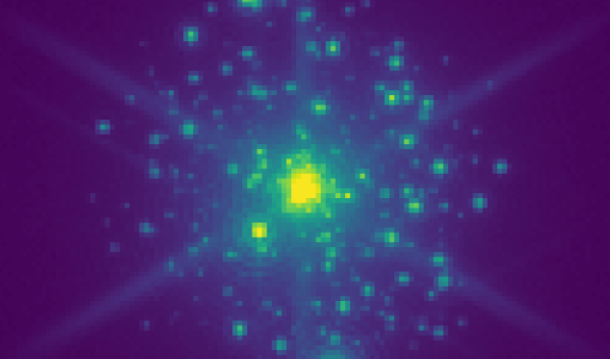
Astronomers find formula for subsurface oceans in exomoons
So far, the search for extraterrestrial life has focused on planets at a distance from their star where liquid water is possible on the surface. But within our Solar System, most of the liquid water seems to be outside this zone. Moons around cold gas giants are heated beyond the melting point by tidal forces. The search area in other planetary systems therefore increases if we also consider moons. Researchers from SRON and RuG have now found a formula to calculate the presence and depth of subsurface oceans in these ‘exomoons’.
